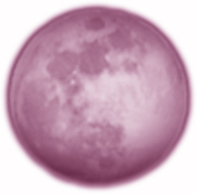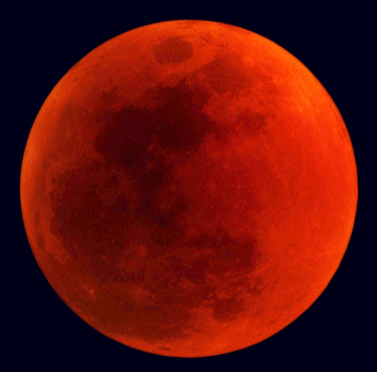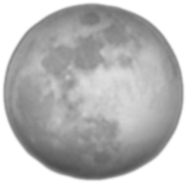
The next full Moon will occur on Thursday, June 24, 2021, at 2:40 PM ET, and is known as the Strawberry Moon.
Used by the Algonquin, Ojibwe, Dakota, and Lakota peoples, among others, this name came about because ripe strawberries were ready to be gathered at this time.
Similarly, Berries Ripen Moon is a Haida term. Blooming Moon (Anishinaabe) is indicative of the flowering season. The time for tending crops is indicated by Green Corn Moon (Cherokee) and Hoer Moon (Western Abenaki).
Eighteenth-century Captain Jonathan Carver wrote that Native Americans whom he had visited used the term Hot Moon.
The Tlingit used the term Birth Moon, referring to the time when certain animals are born in their region. Egg Laying Moon and Hatching Moon are Cree terms for this period.
Here’s a video on June’s Strawberry Moon, featuring Amy Nieskens
*
 *
*

